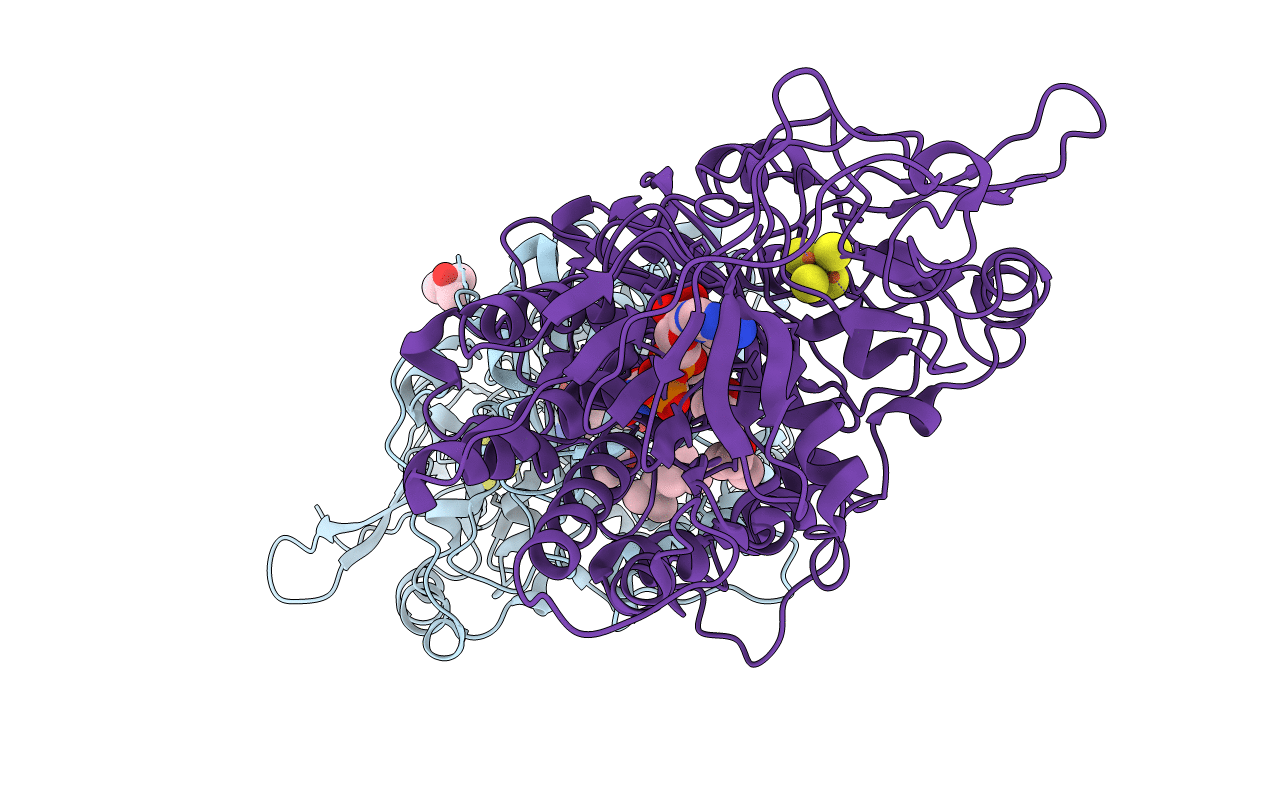
Deposition Date
2006-04-06
Release Date
2006-10-17
Last Version Date
2023-08-30
Entry Detail
PDB ID:
2GMJ
Keywords:
Title:
Structure of Porcine Electron Transfer Flavoprotein-Ubiquinone Oxidoreductase
Biological Source:
Source Organism:
Sus scrofa (Taxon ID: 9823)
Method Details:
Experimental Method:
Resolution:
2.60 Å
R-Value Free:
0.25
R-Value Work:
0.22
R-Value Observed:
0.22
Space Group:
P 4 21 2


